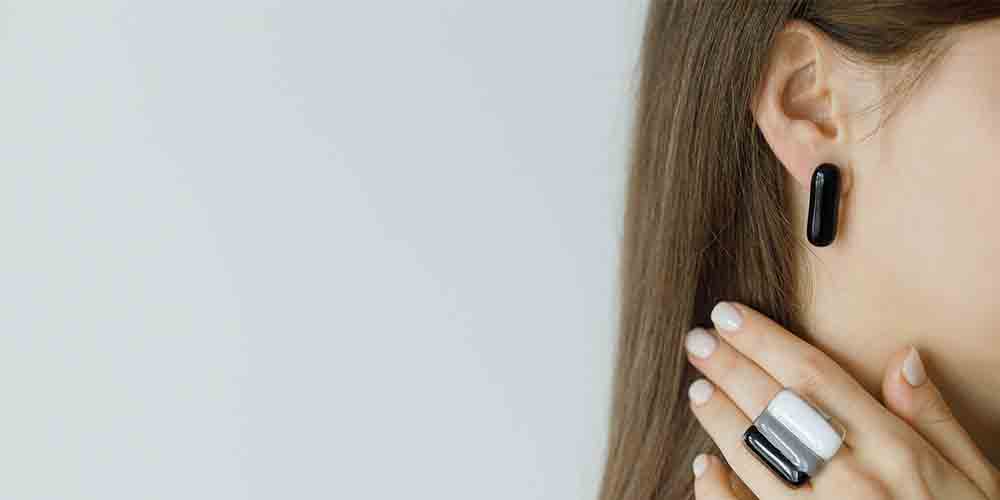Otoplasty
How is Prominent Ear Aesthetics Applied?
The main problem in prominent ear deformity is that the angle of the ear with the head is wider than normal. Therefore, the ears stand more open to the front compared to their normal position. Although this situation is thought to be due to the bad posture of the child in the mother's womb or the wrong laying during sleep, it does not reflect the truth. On the other hand, the absence of prominent cartilage folds in the auricle causes the inner surface of the auricle to appear unfolded and somewhat like a spoon.
The shape of the ear begins to develop from infancy and is completed until the age of 5-6. From this age on, children enter into a social life when they start school. In a new environment, the number of people they are in contact with increases as they gain a new circle of friends. Children with prominent ear problems are emotionally affected by the criticism of their friends about their ears, being mocked at, and making jokes about their ears in the new environment they enter.
In fact, as a result of this influence, aesthetic concerns and inferiority complex may develop in the following years, such as not being able to cut their hair short in men, and not keeping their hair open and collecting them all the time. Similarly, prominent ear aesthetic correction surgeries are the most appropriate solution to avoid mental problems. The best time for prominent ear aesthetic correction surgery is just before school age. However, surgeries to be performed during this period require the decision of the parents. Many parents ignore their children's prominent ear problem and do not even see it as a problem, so they do not think about correcting prominent ear aesthetics with surgery. For this reason, there are many people who have prominent ear problems but have not been operated on in childhood. Although we say that childhood is the most appropriate time for surgery so that mental development is not affected, people who have not been operated on during this period can also be operated on at any age.
After Prominent Ear Aesthetics
Prominent ear aesthetic correction surgeries, in other words otoplasty surgeries, are performed under general anesthesia in children. In later ages, it can also be done with local anesthesia by numbing the ear without general anesthesia. The reason why local anesthesia is not preferred in children is that it is difficult for the surgeon to work comfortably because the child may be restless and not calm during the procedure.
Aesthetic ear surgery is performed on the back of the auricle. Therefore, it is one of the operations with the lowest probability of scarring and appearance of scars. Prominent ear aesthetic correction surgery takes about half an hour for each ear. In prominent ear aesthetic surgery, the fold lines of the ear cartilages are made easier to bend by thinning or weakening the fold lines, cartilage folds are reshaped by creating permanent internal sutures applied to the cartilages, and the auricle is tilted backwards with internal stitches. After shaping the cartilage with permanent internal sutures, I use self-melting sutures to close the incision in the skin, so you get rid of the hassle and stress of getting stitches.
The ear is the organ of hearing, it allows us to perceive sounds. It is part of our interaction and communication with our environment. The ear consists of 3 main parts, the inner ear, the middle ear and the outer ear. The auricle forms the outer ear, collects incoming sounds and allows them to pass into the middle ear. The middle ear transmits incoming sound vibrations to the inner ear. The inner ear, on the other hand, converts sound vibrations into signals that can be transmitted by nerves and transmits them to the brain. We perceive sounds with this mechanism.
The pinna is not important in terms of hearing, but it allows us to determine the direction of the sound. The ear, which is functionally important enough to change our lives, is an organ that affects the external appearance of the person in terms of its location and has a high aesthetic value.
Different ear deformities can be seen in a wide spectrum, from no ear development to very different deformities. The most common ear problem among these, and perhaps the most operated in aesthetic surgery, is prominent ear, in other words, flail ear deformity.

Our Clinical Information
He was born in 1981 in Zile district of Tokat. Starting primary school at Rize Atatürk Primary School, Dr. Deniz Yazıcı continued his education life in the Ergani district of Diyarbakır, since his father's place of duty changed since the 4th grade of primary school.




 TR
TR DE
DE